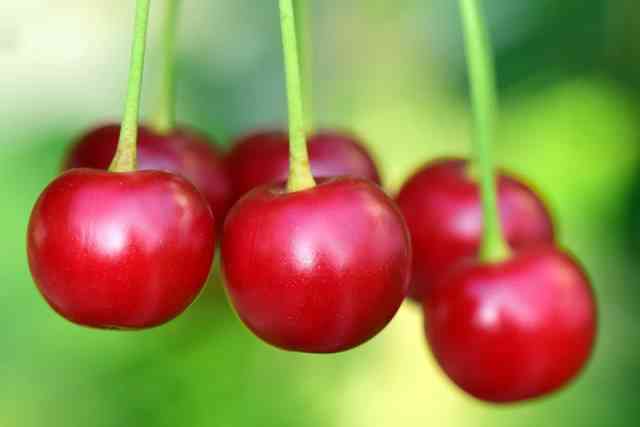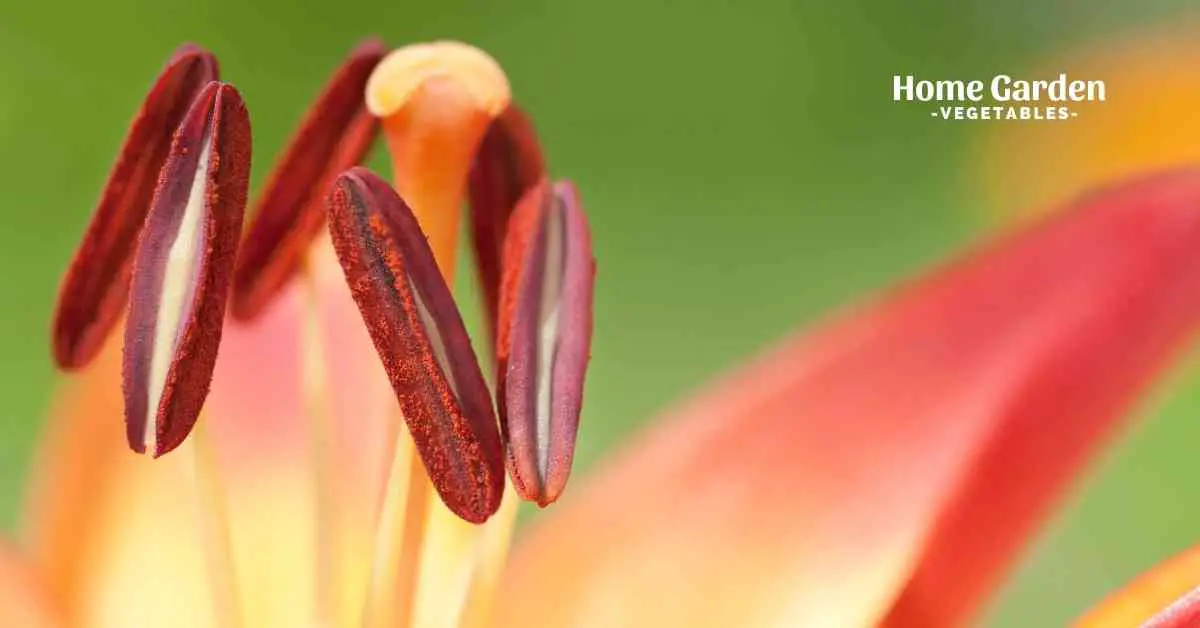Almost all fruiting plants require pollination to produce fruit from flowers. They can either be cross-pollination or self-pollination in plants depending on the species, cultivar, and characteristics.
Space is often a limiting factor for many gardeners. If you’re short on growing space, it will help to know what self-pollination means and how it benefits you. Though cross-pollination is known to produce bigger and more flavorful yields, botanists have bred self-pollinating cultivars too over the years so you can grow them in small spaces like balconies, windowsills, or small yards.
Reader Poll: What online courses would interest you?
What does self-pollination mean, how is it different from cross-pollination and why do self-pollinating cultivars suit small gardens? Continue reading and find out everything you need to know.

What Is Pollination?
Before jumping straight to self-pollination, it’s only fair to learn what pollination actually is. Pollination is the transfer of pollen from the anther to the stigma in angiosperms. In gymnosperms, pollination is the transfer of pollen from the male cone to the female cone. As a result of this transfer, the embryo is fertilized, and a fruit forms.
There are two types of pollination: self-pollination and cross-pollination. Though both types involve the transfer of pollen, there are some underlying differences you’ll learn later in the same post.
Subscribe to our newsletter!
What Does Self-Pollination Mean?
Self-pollination occurs when the pollen from the anther is transferred to the stigma of either the same flower, another flower present on the same plant, or to a flower present on another plant of the same variety. It’s important to note here that the self-pollinating of self-fruitful plants bears flowers that have both male and female reproductive parts.
They are capable of pollinating and fertilizing themselves and can reproduce even if you grow a single plant. If, during self-pollination, the pollen transfers to the stigma of the same flower, it will be called autogamy. If the pollen falls on a different flower from the same plant, it’s referred to as geitonogamy.
How Is It Different From Cross-Pollination

Cross-pollination is the transfer of pollen from the anther of a flower on one plant to the stigma of a flower from a genetically different plant or variety. Species that rely on cross-pollination for reproduction are called self-unfruitful. Plants that require cross-pollination rely on pollinators to carry the pollen grains to the surrounding plants. They’ll generally have bright colorful flowers, nectar, and pleasant aromas to attract beneficial insects and birds that will assist them with pollination and fruit set.
Benefits And Drawbacks Of Self-Pollination
Benefits
Possibly the biggest benefit of self-pollination is that they’ll reproduce even if you plant one of them. For example, if you only have room for a single tomato plant, you can go ahead and do so. The flowers will pollinate themselves on the same plant without relying on any neighboring plants.
It also means that the crop doesn’t depend on pollinators to produce fruit. If your garden is low on pollinators or you’re growing the plant indoors, you can still expect to achieve a harvest. That being said, even self-pollinating species are more productive if pollinators are present.
Another benefit of self-pollinating species is that the plant does not need to waste its resources on producing large, attractive flowers and nectar. Since they don’t need to attract insects, small blossoms are adequate, reserving more energy for fruit size and taste.
Drawbacks
As for the disadvantages of self-pollination, there aren’t many to talk about. One drawback could be that it limits genetic diversity. However, many gardeners consider it an advantage since it maintains the purity of race. It is, in fact, how heirloom varieties are passed down generations without any deviation from the taste or appearance of the fruit even after ages.
Nonetheless, plant vigor may reduce over the generations if it is a self-pollinating species. At the same time, there are higher chances of diseases and deformities in self-pollinating plants, just as there is inbreeding in mammals.
Self-Pollinating Plants
Most varieties of sour cherries, nectarines, peaches, and apricots are self-pollinating. Pears are also self-pollinating fruit trees but you’ll find bigger yields if they’re given a chance to cross-pollinate. Many plum cultivars are also self-pollinating.
Among vegetables, peppers, tomatoes, eggplant, peas, corn, and beans are all self-pollinating. If you’re concerned about the lack of pollinators in your garden, you can benefit from growing self-pollinating varieties.
What is Hand Pollination?
You can enhance the yields in self-pollinating plants by hand-pollinating them. By tapping on the flowering branches gently, the pollens from the anther naturally fall onto the stigma. For corn plants, you’ll need to tap just above the female silk to pollinate and fertilize the crop. Hand pollination will increase harvest even if you’re growing the plant indoors or in an area with little wind and insect activity.
Why Is It Important To Learn About Self-Pollination?
Before you purchase and plant a species, it’s worth learning about its characteristics, including whether it’s cross-pollinating or self-pollinating. It can help you make important planting decisions, including whether or not you can grow a single plant, can you grow them indoors, how far apart to plant them, and whether you need to purchase a combination of different cultivars if the variety relies on cross-pollination.
Make sure you purchase plants from reliable sources and read the labels to figure out whether it’s self-pollinating or cross-pollinating. Imagine finding out that a fruit tree is cross-pollinating after it has been growing for 2 or so years. It will waste time, money, and space without giving any harvest unless you plant another variety nearby.
Conclusion
Now that you know what self-pollination is and how it is important in your garden, you can make important gardening decisions and design a healthy and productive garden. Make sure you read the plant labels and ask questions from the supplier to make sure you’re purchasing the right variety for your garden.

